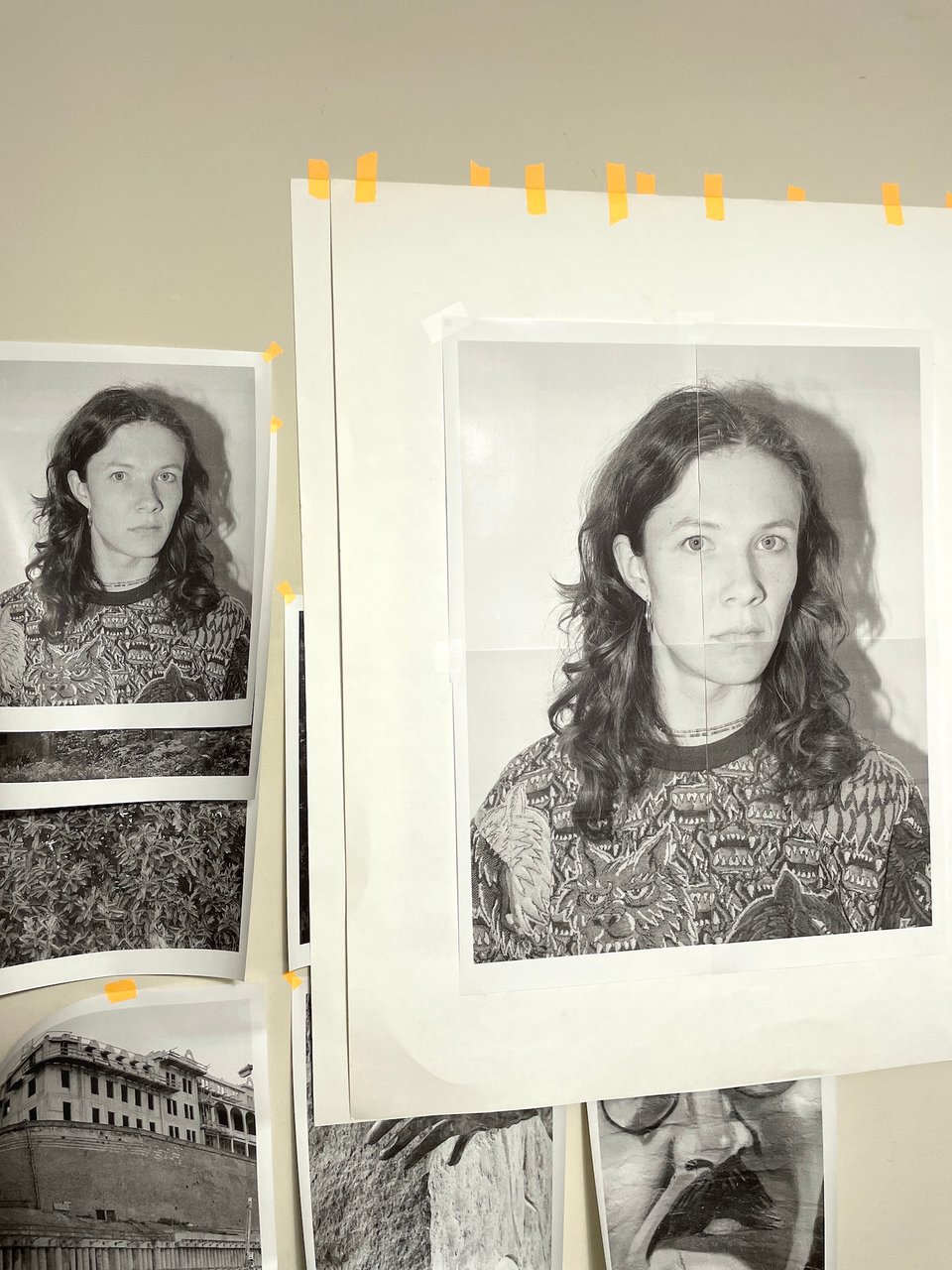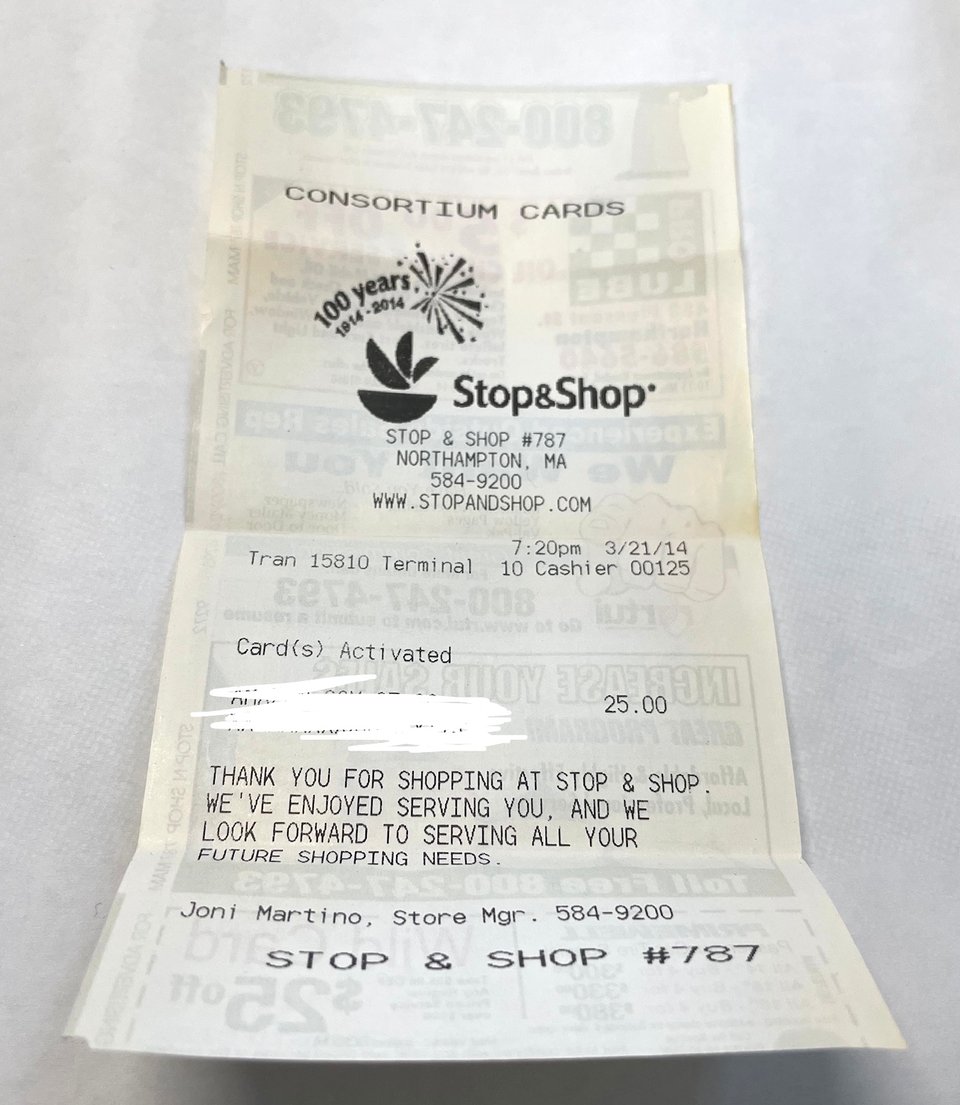Recent Experiments
Welcome to the 97th edition of this newsletter!
With each email I'm sharing material that has inspired me recently. I'm hoping it will inspire you, too. If you want to support my work, you can sign up for my Patreon. This will get you access to exclusive material every week.
If Patreon is not your thing but you enjoy what I'm doing, feel free to send me a little something via Paypal. I'll use the funds to pay for the fee the service provider of this Mailing List charges me every month. If there's money left, I'll invest it into the Japanese green tea that fuels much of my creative work.
I'm not a fan of either winter or summer. I get cold easily, which makes winter very unpleasant for me. I don't necessarily mind heat as much. But where I live, heat tends to come with humidity (a lot of it), making summers mostly unbearable.
It's the increasingly shorter periods in between that I like. Obviously, they're called spring and fall; but I don't know whether they exist any longer. Maybe it's global warming, but these past few years, things appear to have gone from cold and rainy to hot and humid quickly; and the same was and is true for the opposite direction. The days with pleasant temperatures and with the feeling of plants coming to life or life dying down are now rare.
Specifically, there's always that one day in what technically speaking is fall -- I looked it up, today is the second official day of it -- where I realize that the few beautiful fall-like days are over, and it's onto the cold and gloom that is the New England fall. Today was that day. It's really too bad: most of September here was either unseasonally hot (and humid) or cold.
Anyway, this is going to be another email without links to art or photography or culture-related articles. Instead, I will be talking about what I have been up to with my own photography. If you're not interested in that, simply wait for the next email.
You might remember an email in which I talked about printing my photographs on the cheap office printer in my studio/office. Truth be told, what I had really wanted to do was to use a different kind of printer. But I had been holding off on buying one, simply because in a time of financial precarity, investments of any kind, however relatively minor they might be, are difficult to make (and justify).
The other day, I finally decided to get the printer. For my birthday this year, I had got a small thermal printer. I might or might not have mentioned this in one of my emails (I don't remember). I took the little printer to Budapest and printed a number of my new photographs to stick them into my notebook.
At the time, I only knew that such printers also existed in one larger size, the size you are likely familiar with. Labels on shipping boxes or packages are often printed that way (especially if you use places like Amazon). Very roughly speaking, it's about the size of a postcard. I had toyed with the idea of getting such a printer to then tile individual prints to get a larger one. Truth be told, though, this seemed tedious, so I didn't pursue the idea very seriously.
If you're on Instagram (or any other site that bombards you with ads) you might have noticed that the algorithm running underneath acts like a very clingy and insecure partner. The moment you show interest in something, the algorithm will immediately present you with a lot more of that: "Oh, you like French knives? Well, let me show you a few hundred ads for French knives." I actually like this, because I can click on one of the random ads that I'm not at all interested in, and then my feed gets dominated by stuff I'm not interested in (which makes it very easy to ignore).
Before I got the printer for my birthday, I had also once clicked on an ad for such a device. Instagram doesn't know that I already have such a printer (or maybe they do -- it doesn't really matter for the clingy and insecure algorithm). They keep showing me more ads for such devices. At some stage, though, there was an ad for what looked like a larger thermal printer. Could it be? Are there such devices? I clicked on the ad and was taken to a site that appeared to operate out of China and that might or might not be a complete scam. But yes, there are thermal printers that work with letter-size paper.
I did a bunch of research and decided that were I to buy one -- which obviously was just a question of time (and money) -- I'd get one from the same company that also made the one I had got for my birthday. I'd be able to use the same app on my phone. Furthermore, they claim that the prints will last 10 years (I'll get to that part a little further below). The other day, I finally ordered one of these printers (a Phomemo M08F if you must know). After discounts and "coupons", it came to about $130. Paper for it costs a little over $20 for 200 sheets.
The printer is little more than a slab with a button on top (to switch it on or off) and two openings at opposite sides. The paper runs through that slab. All of this makes this a great tool for bringing it along on a trip (which I intend to do at some stage in the future).
You'll have to get paper made for this type of printer because it doesn't use ink. Instead, the paper is heat sensitive. You're familiar with the paper because it's widely used. When you go shopping, the receipt will be printed on such paper. You probably never spent much time looking at or thinking about the paper; but you'll know that it's very thin (and light).
The paper is only heat sensitive on one side. How do you know which side? The manufacturer simply printed "this side up" on the paper so you'll know how to feed it through the printer. Easy enough.
There were a few things I learned early on that made my life a lot easier. Initially, I wanted to print from my phone (using the app I was already using). Apart from the kerfuffle of transferring images from my computer to my phone, I also had to re-scale the print on my phone with my hands. This didn't work very well. So I connected the printer to my computer to print straight out of Photoshop. That worked like a breeze.
I also thought that I had to put a half-tone pattern on the pictures to get the best results. That appeared to do the trick with the little printer. Here, though, the best prints were those straight from Photoshop.
So at the end of day 1 I had my first thermal prints. If this is the original picture:

This is a scan of the thermal print:

Let's zoom in a little:

I think that gives you a pretty good idea of what these prints look like. Like Risograph prints, they have a specific texture on small scales, which you can see easily when you get close. I like this quite a bit.
You probably know that my photographs are very grey, meaning that they don't have too many highlights, and the shadows never are black. I think this is one of the reasons why this type of printing works well for them. If my photographs looked like Daidō Moriyama's -- a lot of high contrast, with many very dark areas -- this printer would probably not work well at all.
At the end of day 2, I took down the little prints I had pinned up to work on my dummy of The Long Shadow and replaced them with a bunch of thermal prints. I thought I had taken some pictures, but it would seem that I didn't. But I made a little video in which I talk about the prints. You can watch it here.
As a next step, I wanted to tile prints to get a larger print. Again, there were some minor technical issues to be dealt with, but eventually, I got here:

Which produced this:

This looks really good on the computer or phone screen, but the prints look very good in person, too.
Picture my surprise (and delight!) when I walked into my studio/office the next day to discover this (please note that these are all iPhone pictures, some of which I didn't attempt to colour correct):


The cheap tape I had used had somehow "bleached" the prints! I think this is very cool, and there might be an application for it. But in this case, that's not something I want to use (especially not when printing portraits).
So I assembled another tiled print, using the same tape but sticking it underneath the prints. That was rather cumbersome, but it worked. And the prints were not bleached the next day:

In the meantime, I also found that another tape I had in my studio/office does not bleach the prints.
But what about the fact that thermal prints will fade? As I noted, the manufacturer claims the prints will be safe for 10 years. Do I trust this claim? I don't know. Do I care about this issue? Not all that much.
To begin with, I like the idea that the prints will change with time. That's what photographic materials do. This fact only poses a problem if you think about the art market.
Furthermore, photographic materials last a lot longer if you treat them well. If you hang a photograph into a place that gets a lot of direct sunlight and heat, you can't really expect that the print will not change. Maybe inkjet prints won't change (which I doubt); but I also am not a fan of inkjet prints so I don't care much about that.
It was a strange (and incredibly lucky) coincidence that I literally just found two thermal prints that are both almost ten years old. I was cleaning out some drawer that had a few old travel materials inside, and I found two pieces of paper. One had a date on it (it's a receipt for a gift card I bought in 2014). I'm pretty certain that the other one is from around the same time. Have a look:


I should note that the print out at the bottom looks a lot worse in person. The iPhone made a cool picture from something that is pretty faded.
Both pieces of paper were stored folded up, and they were right next to each other in a little pile (away from sunlight).
Obviously, I'm hoping that my prints will look like the gift-card receipt in ten years. This would be a lot closer to what you would expect from a newspaper: it ages, gets a bit of patina, but it still looks pretty good.
And that's where I am right now. I have a very specific idea how I want to use the printer for an exhibition. That's in the very early planning stages, and who knows whether this will happen.
Apart from that I think I will also produce thermal prints for sale. I already sold sets of Risograph prints. What I like about the idea is that a) the prints look really good and b) I can produce affordable prints that won't break anyone's bank (it's probably going to be a set again).
And that concludes this email.
As always thank you for reading!
-- Jörg